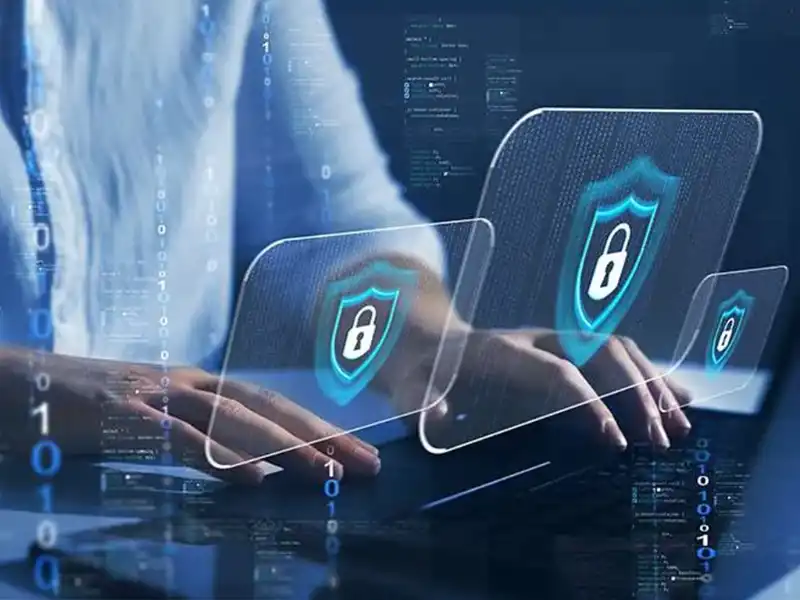States we serve: VA, MD, DC, PA, NC, SC, and WV
10 Essential Cybersecurity Controls
October 9, 2023 · 4 minute read · Commercial Lines

Have questions?
Contact us today.
Phone: (703) 471-0050
Please note: coverage cannot be bound or altered online. A service representative will need to contact you to finalize your request.
It is important for businesses to stay cyber-secure to safeguard company data, protect customers’ personal information, and ensure employee privacy. Here are ten essential cybersecurity controls organizations can implement to help manage their cyber exposures.
Endpoint Detection and Response (EDR) Solutions
EDR solutions record and store events from endpoint, utilize various data analytics techniques to detect suspicious system behaviors, provide contextual information, block malicious activities, and offer remediation suggestions to help organizations restore affected technology.
Patch Management
Patches are software and operating system updates that address security vulnerabilities within programs and products. A consistent approach to patching and updating software and operating systems can help organizations limit their cyber exposures.
Network Segmentation and Segregation
Network segmentation refers to dividing larger networks into smaller segments, whereas network segregation entails isolating crucial networks from external networks, such as the internet. Both processes limit the risk of cybercriminals gaining expansive access to organizations’ IT infrastructures.
End-of-Life Software Management
When software reaches the end of its life, manufacturers will discontinue technical support and security improvements for these products, thus creating vulnerabilities that cybercriminals can easily exploit. Having plans for introducing new software and phasing out unsupported products is critical.
Remote Desk Protocol (RDP) Safeguards
RDP ports allow users to connect remotely to other servers or devices. Although these ports are useful, they can also be leveraged as a vector for launching ransomware attacks. To safeguard their RDP ports, organizations should keep these ports turned off when they aren’t in use and ensure such ports aren’t left exposed to the internet.
Email Authentication
This technology monitors incoming emails and determines the validity of these messages based on specific sender verification standards that organizations have in place. Such technology can help keep potentially dangerous emails out of employees’ inboxes.
Data Backups
Organizations should determine safe locations to store their critical data, generate concrete schedules for backing up this information, and outline data recovery procedures to ensure swift restoration amid possible cyber events.
Multifactor Authentication (MFA)
MFA is a layered approach to securing data and applications where a system requires a user to present a combination of two or more credentials to verify their identity for login. Organizations should enable MFA for remote access to their networks.
Employee Training
Employees are widely considered an organization’s first line of defense against cyber incidents, making cybersecurity training crucial. This training should occur regularly and center around helping employees identify and respond to common cyberthreats.
Cyber Liability Insurance
A critical component of combating the risks to your business represented by cybercrime and unintentional data breaches is to purchase a cyber liability insurance policy. If you think your existing business liability policy will protect you in the event of a breach of your company’s data, you’ll want to think again. Many business policies specifically exclude this type of risk because of the extreme variability between different companies’ risks and assets.
Learn more about cyber liability insurance.
If you’re not sure whether you’re covered, schedule an appointment to talk to your insurance advisor so you can be protected in the likely case of your company suffering a data breach.
Contact your Griffin Owens insurance advisor for more cyber risk management and insurance guidance.




